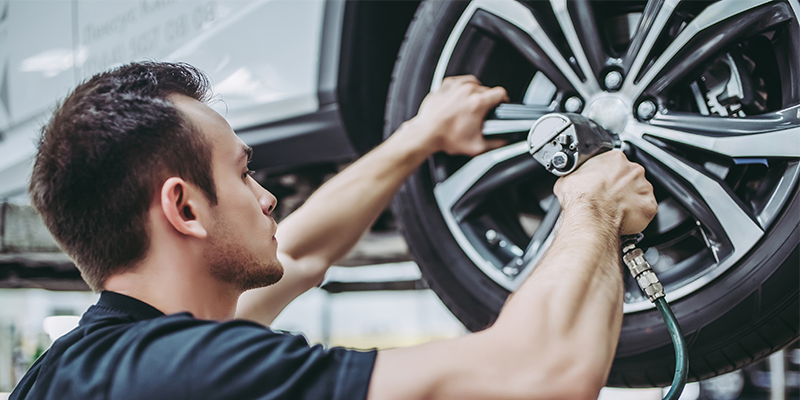Tire Fill Material is Going Green
Decades ago, we began using tire fill in steel mill yards, landfills and other high puncture conditions. In other words, this isn’t new, but the technology going into tire fill materials is capturing the attention of environmentalists.
According to one tire fill material maker, the environmental impact of its filled tires is limited as the material has little tendency to break down, leach or burn. Finished polyurethane is devoid of carcinogens, and unlike rubber, is both ozone and UV light resistant.
Polyurethane tires can be disposed of in municipal landfills with no adverse impact. In addition, Amerityre says its technologies create environmentally safe recycling options. These include mechanical recycling, such as regrinding, compression, molding, adhesive pressing, energy recovery and advanced chemical recycling. Reground polyurethane can also be used in other products such as parks and school playgrounds and as an aerator in turf and lawn management.
Other advantages of polyurethane tires include high abrasion resistance for longer life and closed cell technology, which prevents water absorption. Amerityre says its high density material also offers excellent load-carrying capacity. In other words, the tires don’t break down. And since no oils or plasticizers are used, they are environmentally friendly.
The company says it has developed two polyurethane tire fill materials: one is foam-based while the other is an elastomer-based solution. The foam, which is similar to the foam used in farm tires, is used for low- to medium-load applications while the elastomer is used in medium- to high-load applications. The foam fill material allows users to reduce cost and weight compared with other tire fill materials, says the company.
Arnco makes tire fill for industrial purposes such as lawn and garden uses and forklifts and dock equipment. Made from micro-cellular polyurethane, these tires are unlike solid rubber or solid urethane tires. Tires filled with this material provide an “air cushioned” ride without any significant weight gain.
As a result, such tires last four to 10 times longer than a similar pneumatic tire, but require up to 40% less effort to roll. For the record, these are not foam-filled, nor injected with tire sealant, says the company.
Check Belts and Hoses for Potential Sales
When a customer’s vehicle is in your service bay, be sure to check its belts and hoses. The Automotive Car Care Council says that nearly 30% of the vehicles entering your shop need a new belt or a hose replacement. This is critical business given the fact that a belt can cause an overheated engine, loss of power steering and loss of the electrical charging system.
If a hose leaks coolant or the belt turning the water pump snaps, the cooling system is immediately inoperable and serious internal damage that requires expensive repairs can quickly ruin a summer vacation.
We already know coolant and heater hoses are a system’s weakest structural components. They’re made of flexible rubber compounds to absorb vibration between the engine and the body’s firewall. Designed to hold coolant under high pressure, hoses are also subject to fluctuating extremes of heat and cold in addition to atmospheric ozone which attacks the rubber compounds.
The most damaging cause of hose failure, electrochemical degradation (ECD), isn’t easy to detect. ECD can attack the hoses from the inside, causing tiny cracks. Acids and contaminants in the coolant can then weaken the yarn material that reinforces the hose. Eventually, pinholes can develop or the weakened hose may rupture from heat pressure or constant flexing.
Some basic maintenance can help prevent coolant hose failure. First, check the white coolant-recovery tank often to ensure a proper fluid level. Marks on the tank indicate the proper level for when the engine is cold or hot. If the tank is low after repeated fillings, suspect a leak. Also check for white, light green, or pink coolant tracks in the engine bay, which is residue left from leaking coolant.
When the engine is cool, squeeze the hoses with your thumb and forefinger near the clamps, where ECD most often occurs. Feel for soft or mushy spots. A good hose will feel firm yet pliant. Flush and replace the coolant according to the owner’s manual. Clean coolant is less likely to support ECD.
Note also that the upper radiator hose fails more often than any other hose, followed by the water pump bypass hose and the outlet heater hose from the engine to the heater core.
When it comes to belts, the ACCC says chances of a V-belt failure rise dramatically after four years or 36,000 miles, while the critical point for a serpentine belt is 50,000 miles. Your job is to look for cracks and slits on the belts and replace them immediately if anything looks suspicious.













